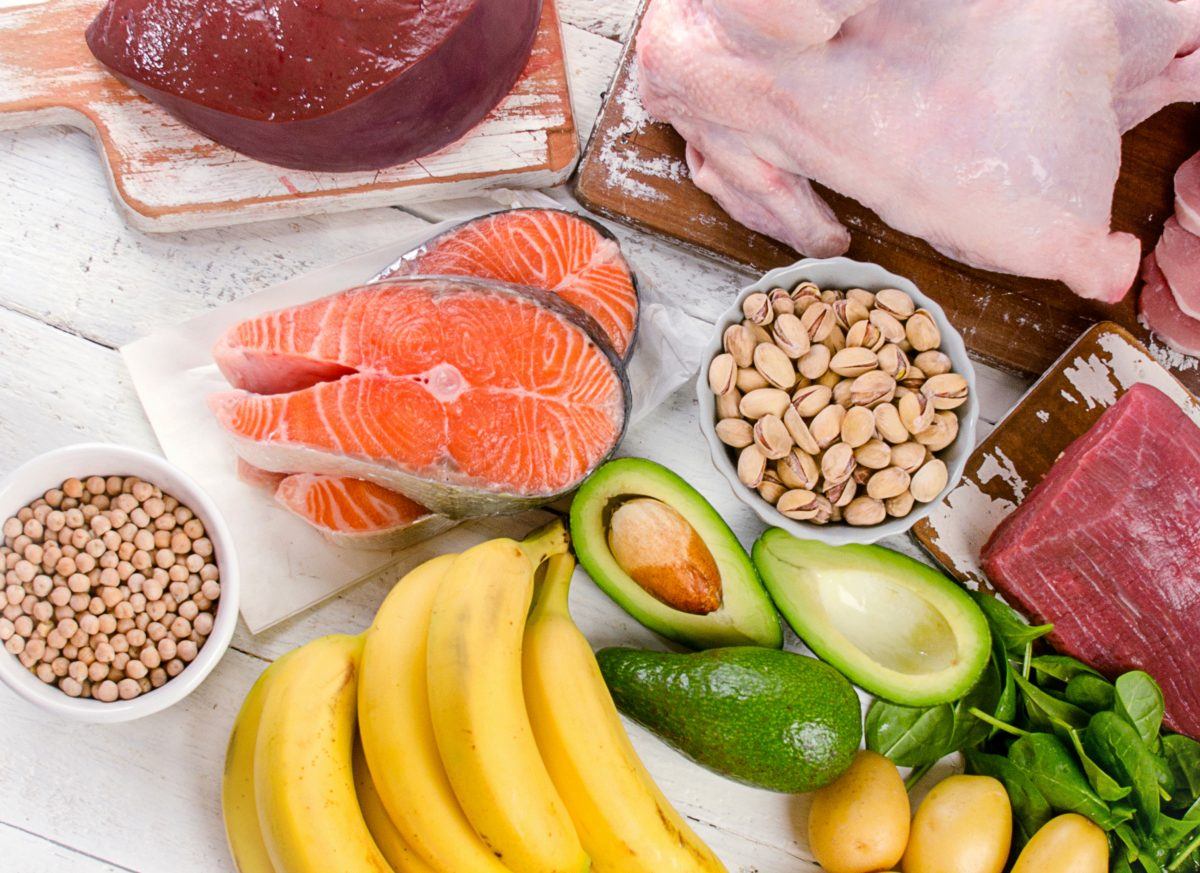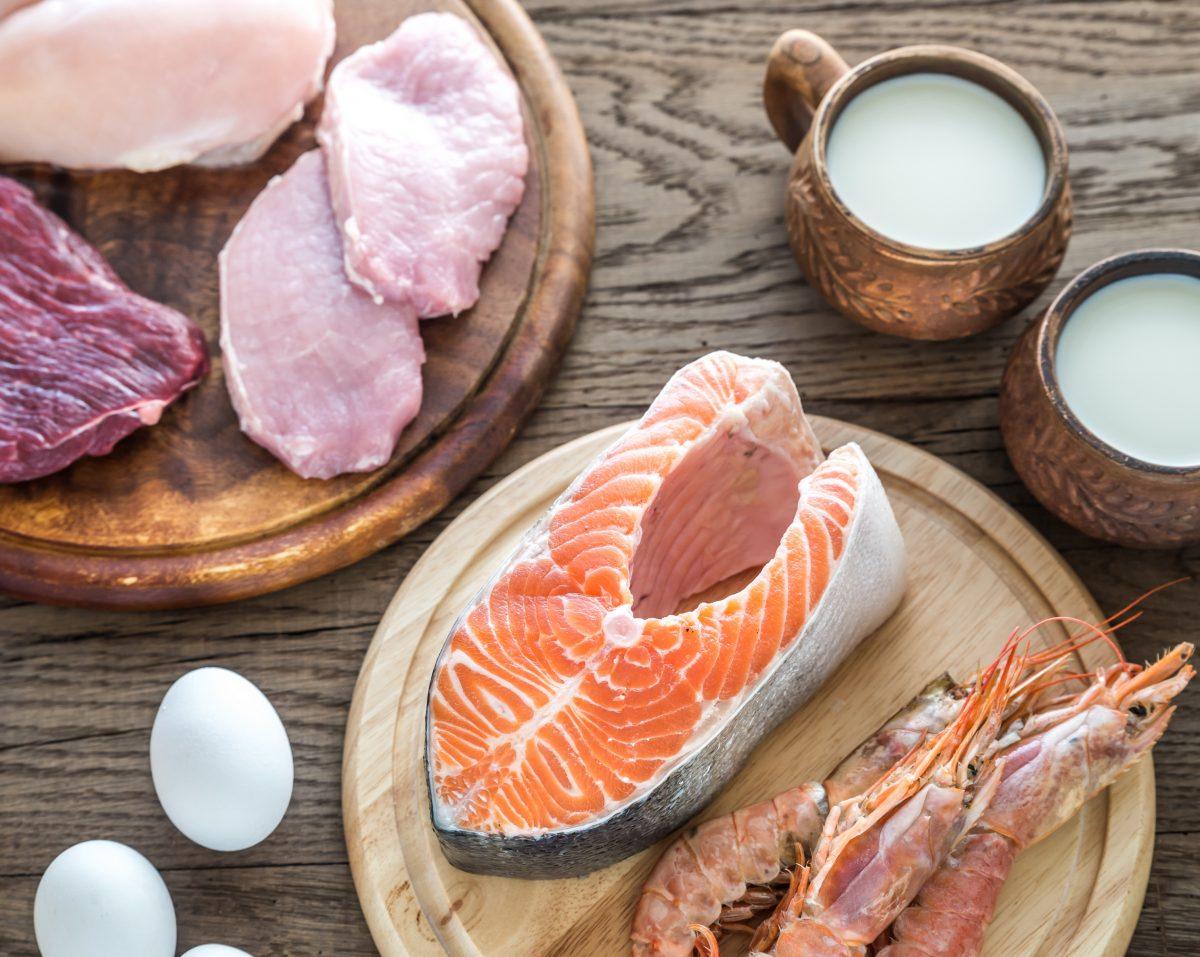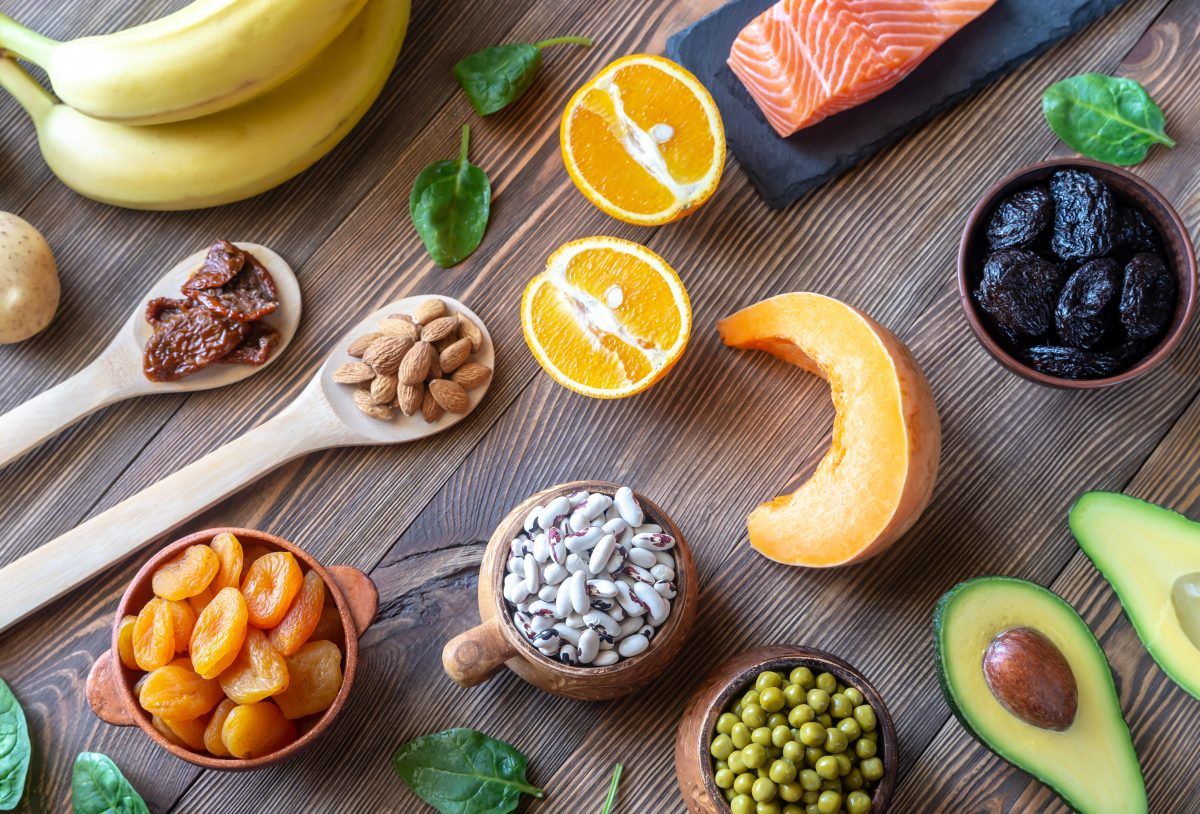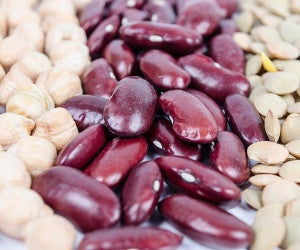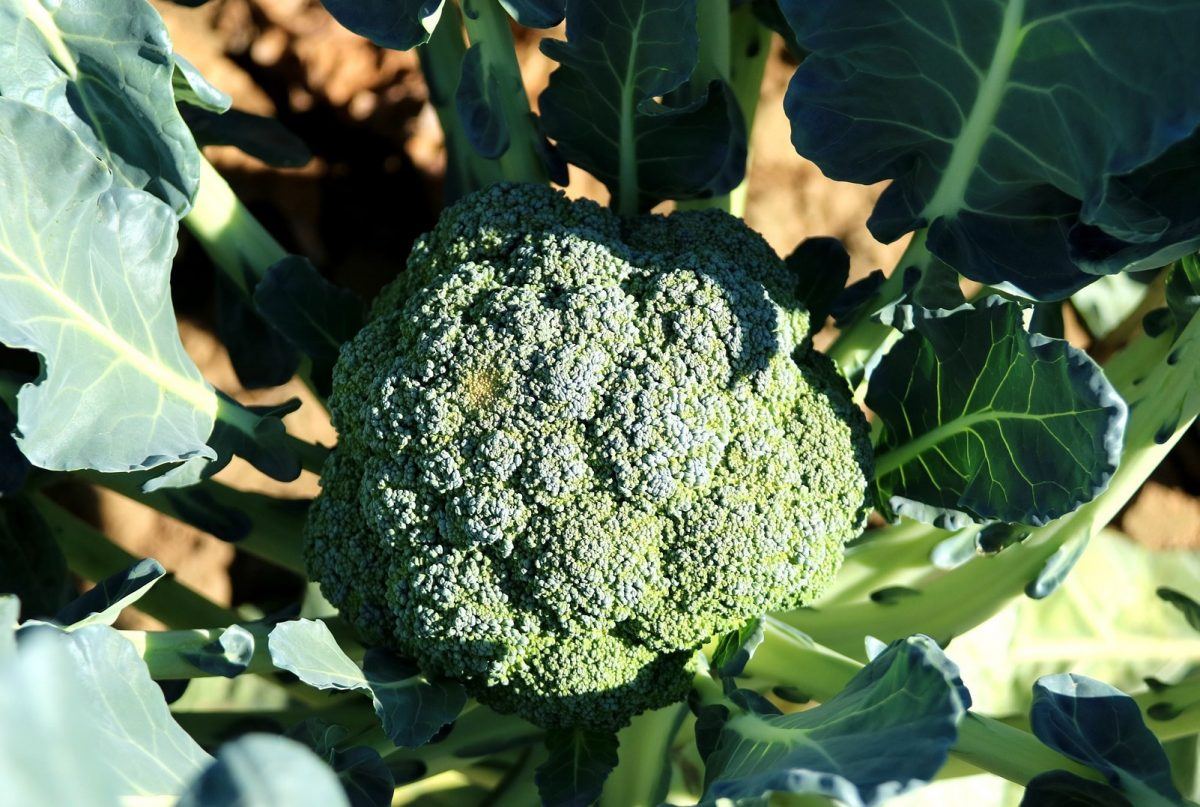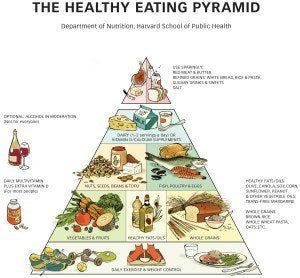You may recognize vitamin B7 by its popular name of biotin. It is a water-soluble B vitamin found naturally in some foods and also in supplements. Biotin plays a vital role in assisting enzymes to break down fats, carbohydrates, and proteins in food. It also helps to regulate signals sent by cells and the activity … Continue reading “Biotin – Vitamin B7”
Processed foods are generally thought to be inferior to unprocessed foods. The term may suggest that a packaged food item contains many ingredients, perhaps even artificial colors, flavors, or other chemical additives. Often referred to as convenience or pre-prepared foods, processed foods are suggested to contribute to the obesity epidemic and the rising prevalence of … Continue reading “Processed Foods and Health”
Vitamin B6, or pyridoxine, is a water-soluble vitamin found naturally in many foods, as well as added to foods and supplements. Pyridoxal 5’ phosphate (PLP) is the active coenzyme form and most common measure of B6 blood levels in the body. PLP is a coenzyme that assists more than 100 enzymes to perform various functions, … Continue reading “Vitamin B6”
Vitamin B12, or cobalamin, is naturally found in animal foods. It can also be added to foods or supplements. Vitamin B12 is needed to form red blood cells and DNA. It is also a key player in the function and development of brain and nerve cells. Vitamin B12 binds to the protein in the foods … Continue reading “Vitamin B12”
Potassium is an essential mineral that is needed by all tissues in the body. It is sometimes referred to as an electrolyte because it carries a small electrical charge that activates various cell and nerve functions. Potassium is found naturally in many foods and as a supplement. Its main role in the body is to … Continue reading “Potassium”
El Plato para Comer Saludable para Niños* es una guía visual para ayudar a educar y motivar a los niños a comer bien y mantenerse en movimiento. De un vistazo, la imagen presenta ejemplos de las mejores opciones para comidas y “snacks” (tentempiés, meriendas, bocadillos, refrigerios, piscolabis) saludables, y resalta la importancia de la actividad … Continue reading “El Plato para Comer Saludable para Niños”
Lectins, or hemagglutinins, are an “anti-nutrient” that have received much attention due to popular media and fad diet books citing lectins as a major cause for obesity, chronic inflammation, and autoimmune diseases. They are found in all plants, but raw legumes (beans, lentils, peas, soybeans, peanuts) and whole grains like wheat contain the highest amounts … Continue reading “Lectins”
The takeaway: The pros and cons of anti-nutrients on long-term human health is an area of active research. Though certain foods may contain residual amounts of anti-nutrients after processing and cooking, the health benefits of eating these foods outweigh any potential negative nutritional effects. Eating a variety of nutritious foods daily and avoiding eating large … Continue reading “Are Anti-Nutrients Harmful?”
Just as different foods can have differing impacts on human health, they also have differing impacts on the environment. Shifting towards a “planetary health diet” can nurture both people and planet. Human diets inextricably link health and environmental sustainability, and have the potential to nurture both. [1] Increased food production over the past 50 years … Continue reading “Plate and the Planet”
Generations of Americans are accustomed to the food pyramid design, and it’s not going away. In fact, the Healthy Eating Pyramid and the Healthy Eating Plate (as well as the Kid’s Healthy Eating Plate) complement each other. Consumers can think of the Healthy Eating Pyramid as a grocery list: Vegetables, fruits, whole grains, healthy oils, … Continue reading “Healthy Eating Pyramid”


